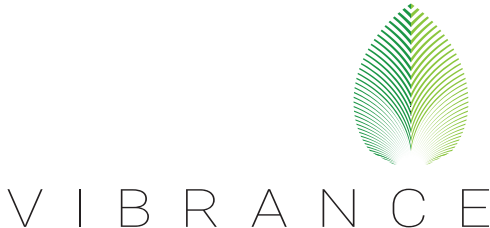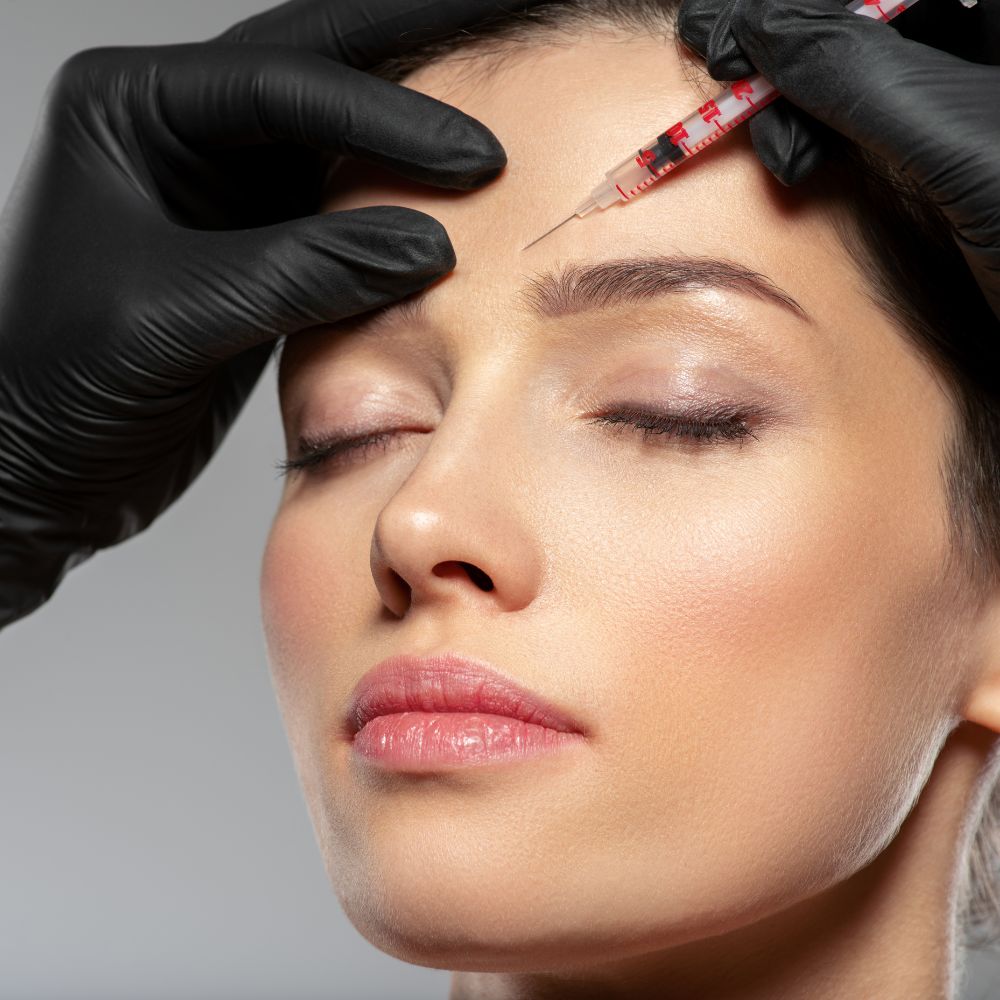Neuromodulators, commonly known as “Botox” are neurotoxins derived from the bacterium Clostridium Botulinum. When injected into a muscle, they block the release of a neurotransmitter called acetylcholine, which is responsible for activating the muscle. As a result, the muscle becomes temporarily weakened, causing wrinkles and lines to soften and disappear.
Botox is most commonly used on the face, particularly on the forehead, around the eyes, and between the eyebrows. The effects of Botox typically last three to four months, after which the muscle function returns to normal and the wrinkles reappear. The procedure is relatively quick and non-invasive, with only a small amount of discomfort. Botox has been widely used for cosmetic purposes and has also been approved for various medical uses, including the treatment of muscle spasms, jaw clenching (bruxism), excessive sweating, and migraines.
At Vibrance, we pride ourselves on incorporating a thorough understanding of the muscles of facial expression and how they interact in order to provide the best possible results. Each patients face is different and requires a customized approach when treating with BOTOX.
GRAND OPENING PRICING
- $10 per unit ($100 minimum)
References:
-
Carruthers, J., & Carruthers, A. (1992). Treatment of glabellar frown lines with C. botulinum-A exotoxin. Journal of Dermatologic Surgery and Oncology, 18(1), 17-21.
-
Brin, M. F., & Vapnek, J. M. (1997). Treatment of blepharospasm with botulinum toxin. Muscle & Nerve, 20(10), S162-S165.
-
Jankovic, J., Brin, M. F., & Therapeutics, C. A. B. (1991). Therapeutic uses of botulinum toxin. New England Journal of Medicine, 324(17), 1186-1194.
-
Carruthers, A., & Carruthers, J. (2001). Botulinum toxin type A in the treatment of frown lines. American Journal of Aesthetic Medicine, 26(3), 145-149.
-
Blitzer, A., Binder, W. J., Aviv, J. E., Keen, M. S., Brin, M. F., & Moltz, A. (2001). The management of hyperfunctional facial lines with botulinum toxin. Aesthetic Surgery Journal, 21(3), 221-224.
-
Dressler, D. (2004). Botulinum toxin therapy. Clinical Medicine, 4(2), 114-118.
-
Trindade de Almeida, A. R., Marques, E., & de Almeida, J. (2002). Use of botulinum toxin type A to improve treatment of facial wounds: a prospective randomised study. British Journal of Oral and Maxillofacial Surgery, 40(6), 501-505.
-
Jost, W. H., & Kohl, A. (2005). Botulinum toxin: evidence-based medicine criteria in blepharospasm and hemifacial spasm. Journal of Neurological Sciences, 234(1-2), 27-31.
-
Hexsel, D., Brum, C., & Porto, M. D. (2003). Do side effects of botulinum toxin type A in esthetic dermatology exist? Dermatologic Surgery, 29(5), 502-506.
-
Monheit, G., Carruthers, A., Brandt, F., Rand, R., & Coleman, W. P. (2007). A randomized, double-blind, placebo-controlled study of botulinum toxin type A for the treatment of glabellar lines: determination of optimal dose. Dermatologic Surgery, 33(S2), S51-S59.

